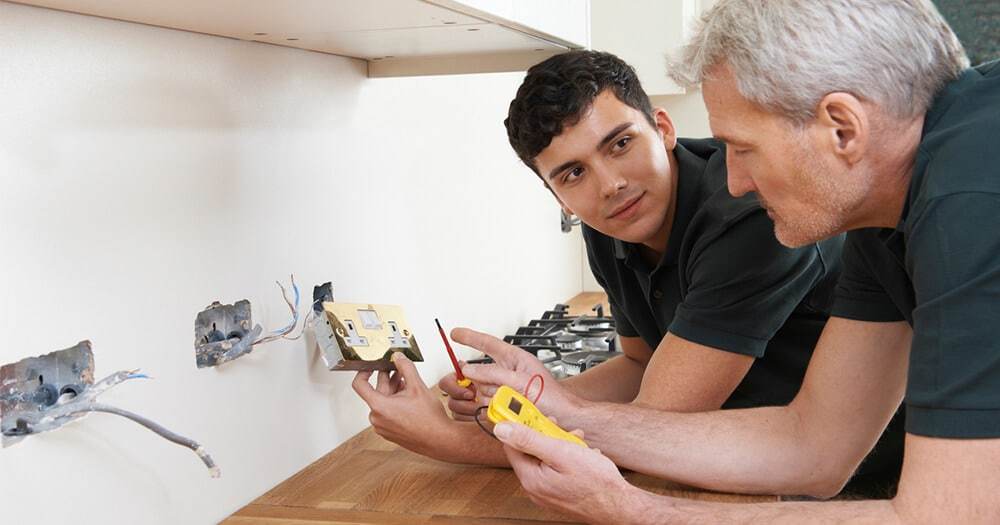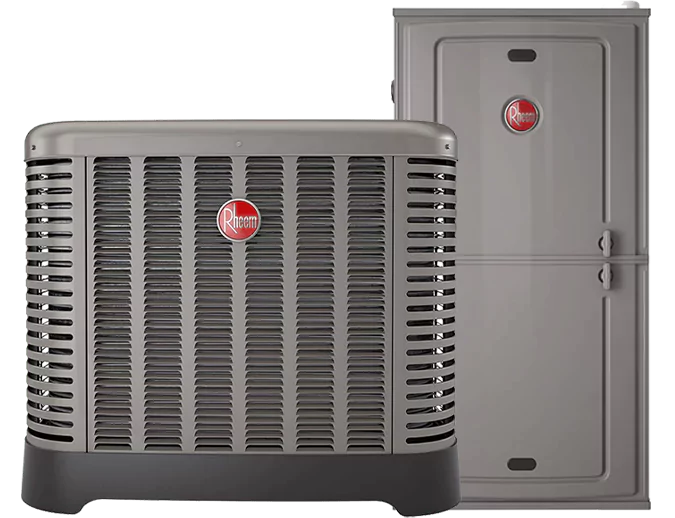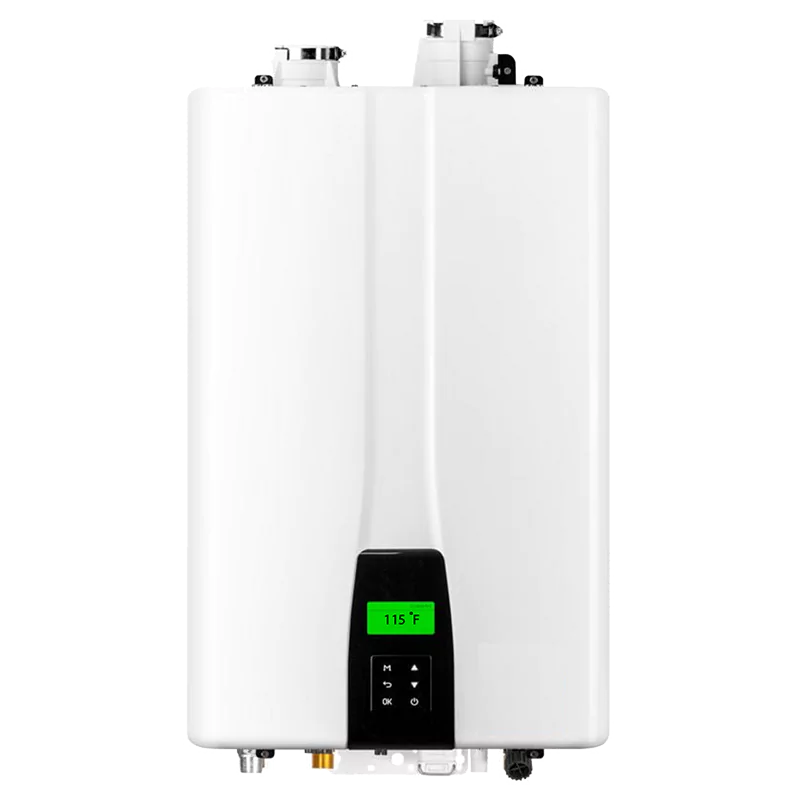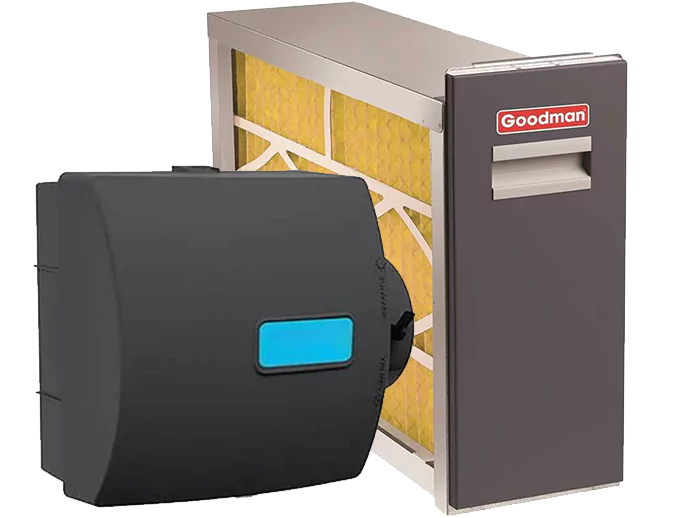As with most of our modern conveniences, we rarely think about our electrical outlets. In fact, they generally come to mind under only two circumstances:
- When our paint roller slips and our partner “sweetly” reminds us we should’ve taped over the outlets like they told us to.
- When we try to turn on our hair dryer, shop vac, or blender and nothing happens.
Admittedly, we can’t do anything in regard to your painting dilemma (other than deeply sympathize with the pain that comes with an accurate told-ya-so). But as a Calgary electrician, we can absolutely help with your uncooperative appliance.
For the sake of illustration, let’s say you’re looking forward to whipping up a well-deserved marga… cold, refreshing beverage. You plug your blender into the GFCI outlet by the kitchen sink, inform your dog about the impending racket, hit “go,” aaaaand nothing. (Insert sad trombone sound.)
What’s a tired and thirsty homeowner to do?
1. Understand how GFCI outlets work
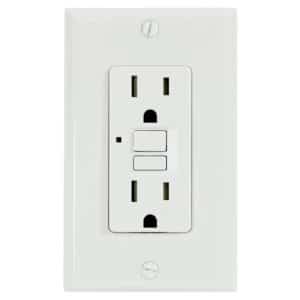
GFCI stands for ground fault circuit interrupter, and these specialized outlets have a critical job: Preventing you from getting electrocuted.
Electricity flows through your home in wires coated in a non-conductive material. As long as the electricity stays contained in those insulated wires, all is well. But if it has a chance to escape—through faulty wiring, for example—it will. In that case, the rogue electrical current will find another conductor and head toward the ground. This is called a “ground fault.”
When a ground fault occurs, there’s a surge in power as the electricity “jumps” from its normal, intended path (insulated wiring) to the next conductor. A GFCI outlet senses that power surge and interrupts the ground fault by immediately cutting power to the outlet and to whatever’s plugged into it, effectively preventing you from becoming the next conductor.
Ground faults are more likely to occur near water sources—kitchen sinks, bathroom tubs, decks, water heaters, and washing machines for example—and so building codes now require GFCI outlets in all of these locations.
2. Test the GFCI outlet
If you haven’t already, unplug your blender. Notice that between the two plugs on the GFCI outlet, you’ll find two tiny, rectangular buttons—one reads “TEST” and the other “RESET.” Press the RESET button, plug your blender back in, and try turning it on. If the blender runs, high-five someone and take a load off. Otherwise, keep reading.
Note: If your GFCI outlets were installed before 2006, the RESET button may not provide you with accurate information. Post-2006 outlets may not even have the TEST/RESET buttons. In either case, pick up an inexpensive outlet tester at your local hardware store.
3. Check the breaker
Head to your electrical panel, and see if the circuit breaker controlling the quitter outlet has tripped. If so, flip it. Then, push RESET on the GFCI outlet and try your blender again. All good? Super.
Not so much? Your GFCI outlet is likely kaput, and you should have it swapped out right away. You should also replace a GFCI outlet:
- If it trips frequently.
- If you press the TEST button and it doesn’t immediately pop back out.
- If pressing RESET doesn’t restore power to the outlet.
4. While you’re at it, check all of your GFCI outlets
GFCI outlets can last as long as 15 years, but they often fail much sooner. Sometimes, a GFCI outlet will continue to provide power even if the safety feature is no longer working. To have peace of mind that your GFCI outlets are doing their job to protect your family and your home, test all of them every few weeks and consider replacing them every 10 years.
Assessing GFCI outlets can be risky
When a GFCI outlet stops working, it can be tricky to know if it’s because of the outlet itself, because of a loose connection, or because of something more serious. If you have any questions or concerns about your GFCI outlets, give Calgary’s most trusted electrician a call. We’re happy to help!
Visit ClearView Services for other HVAC services!
